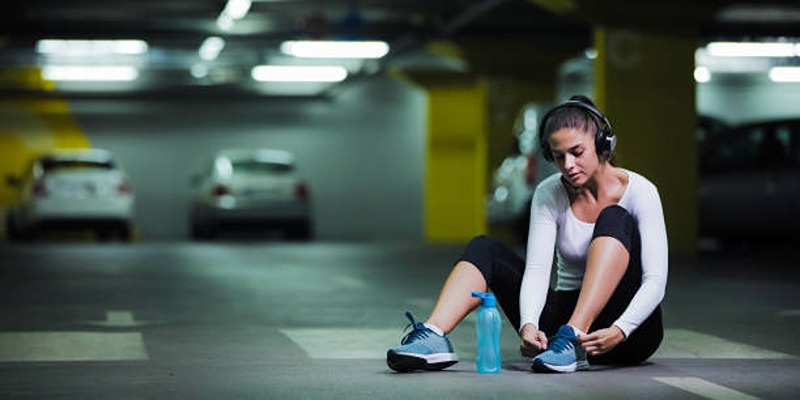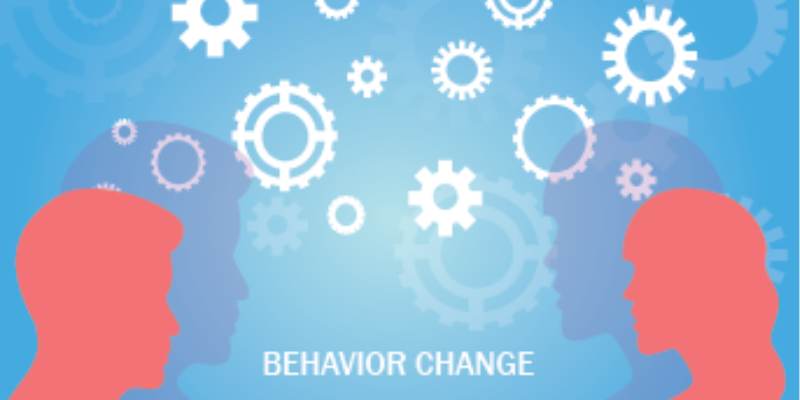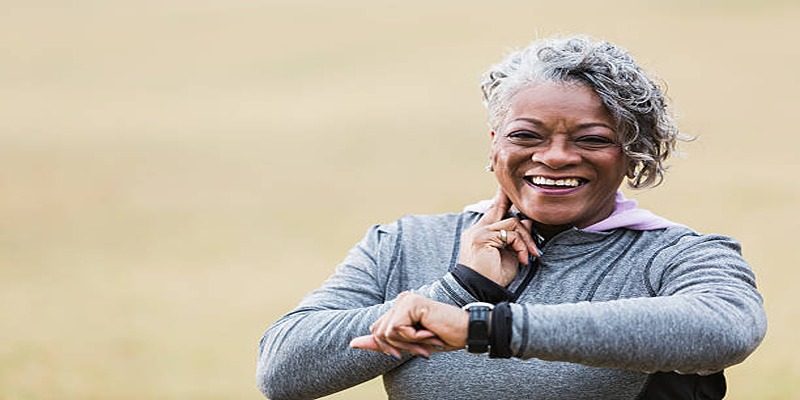In fitness spaces, feeling seen and respected isn't just nice—it's necessary. For many people, the gym or studio can feel intimidating or exclusive, not just because of the physical effort required but also due to the language used by instructors, trainers, and peers. Language shapes experience. Inclusive language creates a safe, empowering, and supportive workout environment where everyone, regardless of identity, body size, gender, or ability, feels they belong.
It breaks down barriers, reduces stigma, and encourages long-term participation. Whether you're a fitness professional or a participant, choosing your words mindfully can make a powerful difference. In this article, we examine how inclusive language enhances the workout experience and why it is more important now than ever.
What Is Inclusive Language in Fitness?
Inclusive language refers to words and phrases that are respectful and considerate of all people, regardless of gender, body type, age, ability, race, or identity. In fitness, it means using communication that avoids stereotypes, assumptions, or exclusion.
For example, instead of saying "ladies and gentlemen," an instructor might say "everyone" or "team." Rather than assuming fitness goals are about weight loss, they might focus on strength, energy, or mood. This thoughtful approach to language helps ensure everyone feels welcome and understood.
Examples of Inclusive vs. Non-Inclusive Language:
To make your space more welcoming, it's helpful to understand what inclusive language looks like in practice. Here are a few examples:
- Example: 1
Non-inclusive: "Let's get summer-body ready!"
Inclusive: "Let's build strength and feel confident!"
- Example: 2
Non-inclusive: "Guys, grab your weights!"
Inclusive: "Everyone, grab your weights!"
- Example: 3
Non-inclusive: "You should be able to do this move."
Inclusive: "Do what feels right for your body today."
A small shift in words makes a big shift in mindset.
Why It Matters in Fitness Spaces?
Fitness spaces—gyms, studios, or online platforms—are not just about physical activity. They're also about community and personal growth. Using inclusive language shows that you value every person's presence and experience.
When language excludes or labels people unfairly, it can:
- Trigger shame or discomfort.
- Reinforce harmful body image beliefs.
- Discourage people from returning to the gym.
- Alienate individuals who don't identify with gendered or stereotypical terms.
On the other hand, language that welcomes diversity builds trust and encourages continued participation.
How does it encourage long-term Participation?
Language can be motivating—or it can be demoralizing. Phrases like "no pain, no gain" or "summer bodies are made in the winter" often discourage people from enjoying exercise. Inclusive alternatives such as "move in a way that feels good for you" or "honor what your body needs today" promote self-respect and internal motivation.
This shift improves retention. People are more likely to return to classes or stick with routines when they feel respected and valued. Instructors who use affirming, non-judgmental language help clients form positive relationships with their bodies and fitness, fostering sustainable habits rather than short-term fixes.
Real-Life Impact: How It Changes the Workout Experience
The difference can be felt instantly. Think of how affirming it is to hear an instructor say, "Move in a way that feels good for your body," rather than, "Burn off those calories!" It shifts the mindset from punishment to self-care.
Here's what inclusive language can do:
- Promotes a supportive environment: People feel accepted regardless of their fitness level or appearance.
- Improves engagement: Members are more likely to return and commit to routines.
- Fosters motivation: Positive language encourages rather than shame.
- Reduces intimidation: Newcomers feel less pressure and more openness.
Trainer Tips: How to Use Inclusive Language
Trainers and instructors have a unique responsibility—they set the tone for group and one-on-one experiences. Here are some simple ways to adopt inclusive language:
- Ask about pronouns when greeting clients, and use them correctly.
- Use neutral terms like "friends," "team," or "everyone."
- Avoid body talk like "fat-burning" or "slimming." Focus instead on energy, strength, or mobility.
- Offer choices in movements: "If you'd like a lower-impact version, try this."
- Acknowledge effort rather than appearance: "You're getting stronger every day!"
These small actions build a safer and more supportive workout culture.
Creating Inclusive Workout Programs:
- Language isn't just verbal—it's also present in written routines, app instructions, or signage. To design an inclusive workout program:
- Use language that is accessible to all fitness levels.
- Add visual and verbal cues that support diverse abilities.
- Make sure instructions don't rely on gendered roles or assumptions.
- Include modifications as standard, not as exceptions.
Inclusivity should be built in, not added on as an afterthought.
Supporting Mental Wellness Through Language:
Inclusive language does more than improve group dynamics—it also supports mental health. Fitness is deeply tied to self-perception, and the way people talk about their bodies or goals can reflect internal struggles. When instructors emphasize self-love, patience, and individual growth, it helps participants feel less pressure to "perform" and more motivation to enjoy the journey.
Encouraging statements like:
- "There's no perfect form—just your form."
- "Rest when you need. Listening to your body is part of the process."
- "You're showing up, and that matters."
It can have a profound emotional impact.

A Shift Toward Inclusion in the Fitness Industry:
The fitness world is evolving. More brands and gyms are recognizing that diversity is not just a matter of good ethics—it's also good business. People want to be seen. Language is one of the easiest and most cost-effective ways to make that happen.
Campaigns that feature athletes of all sizes, backgrounds, and abilities are becoming more common. Inclusive programming is now a key offering at progressive studios. Even fitness tech is adapting, offering gender-neutral avatars and voice options. It's clear that inclusion isn't a trend—it's a new standard.

Conclusion
Inclusive language goes beyond political correctness—it's about humanity, respect, and compassion. In fitness spaces, what we say shapes how people feel and whether they return. When we shift our words from judgment to joy, from assumptions to affirmation, we open the door for more people to move confidently and consistently.
It doesn't take radical changes—just thoughtful ones. Every trainer, instructor, and participant can help build a fitness culture that lifts people and makes movement something to celebrate. Start today by being more intentional with your words. Whether you lead the workout or take part in it, your voice has the power to make fitness more inclusive for everyone.












